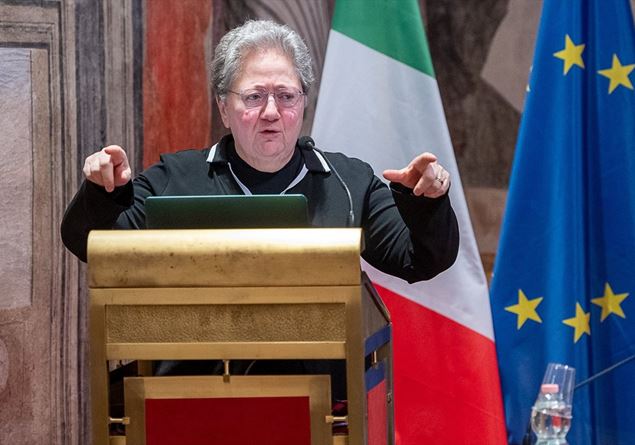While the whole world is struggling between global crises and unpredictable scenarios, Italy faces 2025 with a wealth of political and economic challenges that could redefine its institutional and productive face. Regardless of the assessments, the executive led by Giorgia Meloni finds itself faced with a crucial crossroads: demonstrate that it is worthy of its reformist ambitions or slip into the meanders of internal contradictions and external resistance. It’s not just a question of electoral promises: for the government it’s about putting a hand to mechanisms that have been limping for decades, with results that could radically change the face of the country.
There are three cornerstones of the political reforms promoted by the executive: the separation of careers in the judiciary, differentiated autonomy and the introduction of the premiership.
Ambitious projects, of course, but each burdened by controversies and questions that call into question not only their feasibility, but also their opportunity.
The separation of careers aims to clearly distinguish the role of prosecutors from that of judges. It is a necessity to strengthen impartiality and trust in the judicial system, declares the Minister of Justice Carlo Nordio. But it is precisely here that the thorniest issue lies: with a separate prosecutor, perhaps under the protective wing of a separate Superior Council of the Judiciary, how real is the risk of excessive political control by the executive? And if the public prosecutor, who today has the obligation to also collect the exculpatory evidence of the accused, became a simple accuser, what are the chances that he will transform into an inquisitor, putting the evidence in favor of the accused in a drawer in case he comes across them during the investigation? Criticism is pouring in not only from the opposition, but also from jurists and academics, worried about a possible authoritarian drift and constitutional overriding.
The second pillar is differentiated autonomy, an issue that divides the country like few other issues. The project, especially dear to the Northern regions, aims to grant greater powers in strategic sectors such as health and education. A necessary step towards mature federalism, the promoters argue. But the detractors see in this reform the danger of widening the already deep gap between North and South. The Consulta has already expressed important comments, saving the shell but affecting the contents, since it did not respect the concept of common good and subsidiarity, and the referendum repeal expected in 2025 could be a decisive test.
Finally, there is the topic of the premiership, perhaps the most delicate of all. The idea of strengthening the powers of the Prime Minister is already divisive in itself, but the real problem is that it implies a structural rethinking of Italian democracy. A model that looks to the French system or, in part, to the British one, with the declared objective of guaranteeing greater stability and governability. However, even among the majority there are those who turn up their noses, fearing a concentration of power that is difficult to balance.
On the economic front, the picture is equally complex. Forecasts speak of GDP growth of around 1.2%, but the road to achieving this objective appears bumpy. With public debt at 134% of GDP, the government will be forced to walk a very thin line between fiscal rigor and the need to stimulate the economy. The European Commission, having returned to exerting draconian pressure and constraints after the pandemic interlude, will not make any concessions.
The National Recovery and Resilience Plan (PNRR) represents a fundamental charter, with investments in digitalisation, ecological transition and infrastructure. But the accumulated delays risk compromising its effectiveness. Will the government be able to unlock the resources and put them to good use? Or will the PNRR end up being yet another wasted opportunity?










